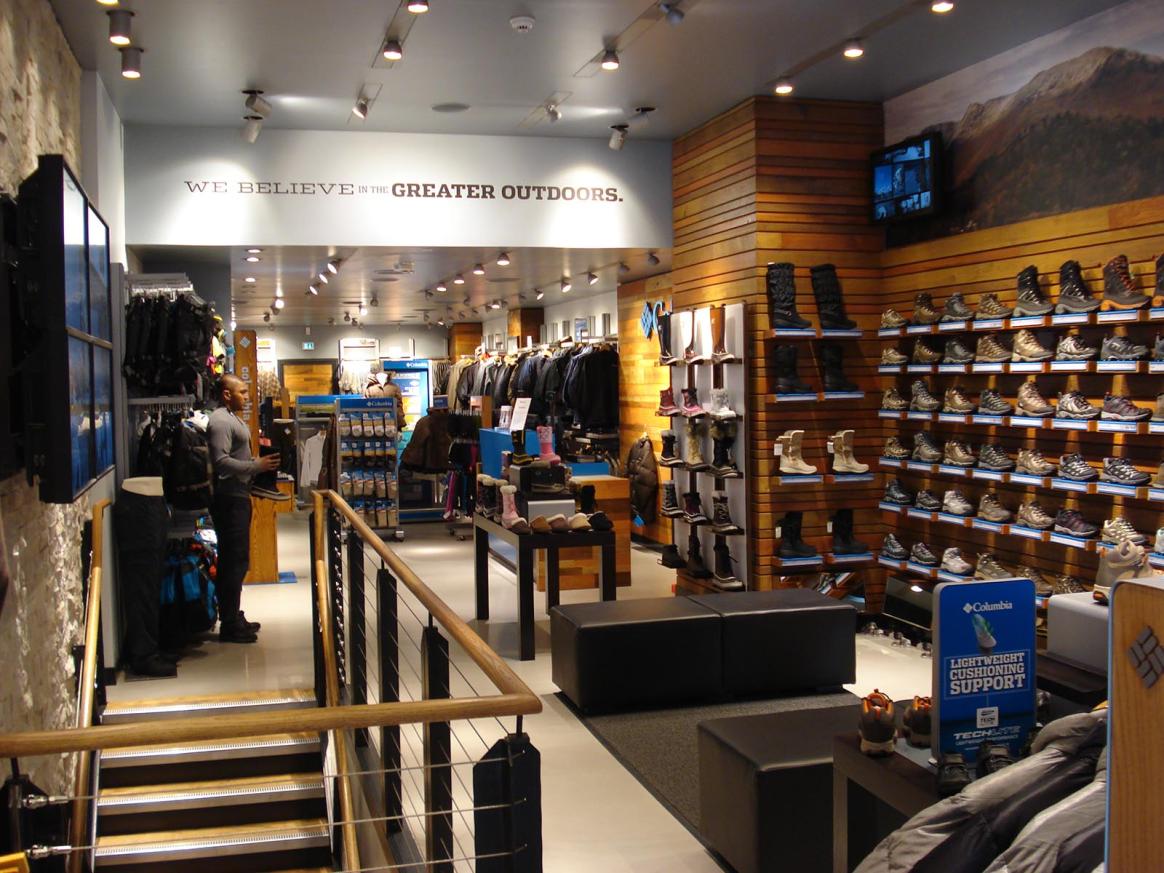How Can Architects Design Activewear Brands That Are Culturally Relevant?
Activewear has become a dominant force in today's fashion landscape, transcending its traditional athletic roots to become a versatile wardrobe staple. This shift has brought forth a growing demand for activewear brands that resonate with consumers on a cultural level. Architects, with their unique perspective on design and cultural understanding, are well-positioned to lead the charge in creating culturally relevant activewear brands.

I. Understanding Cultural Influences:
To design culturally relevant activewear, architects must first immerse themselves in the cultural nuances of their target audience. This involves:
- Research and Identification: Identifying key cultural trends, preferences, and values through thorough research.
- Local Traditions and Beliefs: Considering the impact of local traditions, beliefs, and values on activewear design.
- Cultural Diversity: Exploring how cultural diversity can inspire unique and meaningful designs.
II. Incorporating Cultural Elements:
Once cultural influences are understood, architects can incorporate them into activewear designs in various ways:
- Traditional Patterns and Motifs: Integrating traditional patterns, motifs, and symbols into activewear designs.
- Collaboration with Local Artisans: Collaborating with local artisans and designers to infuse cultural authenticity.
- Color Palettes and Textures: Using color palettes and textures that resonate with specific cultures.
III. Addressing Cultural Sensitivity:

Cultural appropriation is a sensitive issue that architects must navigate carefully when designing activewear. To avoid misrepresentation and ensure respect for cultural heritage:
- Approach with Caution: Approaching cultural appropriation with caution and respect.
- Collaborative Design: Ensuring designs are created in a collaborative and inclusive manner.
- Feedback from Cultural Communities: Listening to feedback from cultural communities to avoid misrepresentation.
IV. Case Studies:
Several successful examples of culturally relevant activewear brands demonstrate the positive impact of incorporating cultural elements into design:
- Examples of Brands: Showcasing successful examples of culturally relevant activewear brands.
- Analysis of Designs: Analyzing how these brands have incorporated cultural elements into their designs.
- Brand Identity and Consumer Engagement: Discussing the positive impact of cultural relevance on brand identity and consumer engagement.
V. Challenges And Opportunities:
While designing culturally relevant activewear, architects face challenges and opportunities:
- Balancing Authenticity and Viability: Addressing challenges such as balancing cultural authenticity with commercial viability.
- Promoting Cultural Inclusivity: Discussing opportunities for architects to lead the way in promoting cultural inclusivity through activewear design.
VI. Conclusion:
Designing culturally relevant activewear requires empathy, collaboration, and respect for cultural heritage. Architects can create activewear brands that resonate with global consumers by embracing cultural diversity and incorporating cultural elements into their designs. This approach not only enhances the aesthetic appeal of activewear but also fosters a sense of connection and belonging among consumers, ultimately driving brand loyalty and success.
YesNo

Leave a Reply